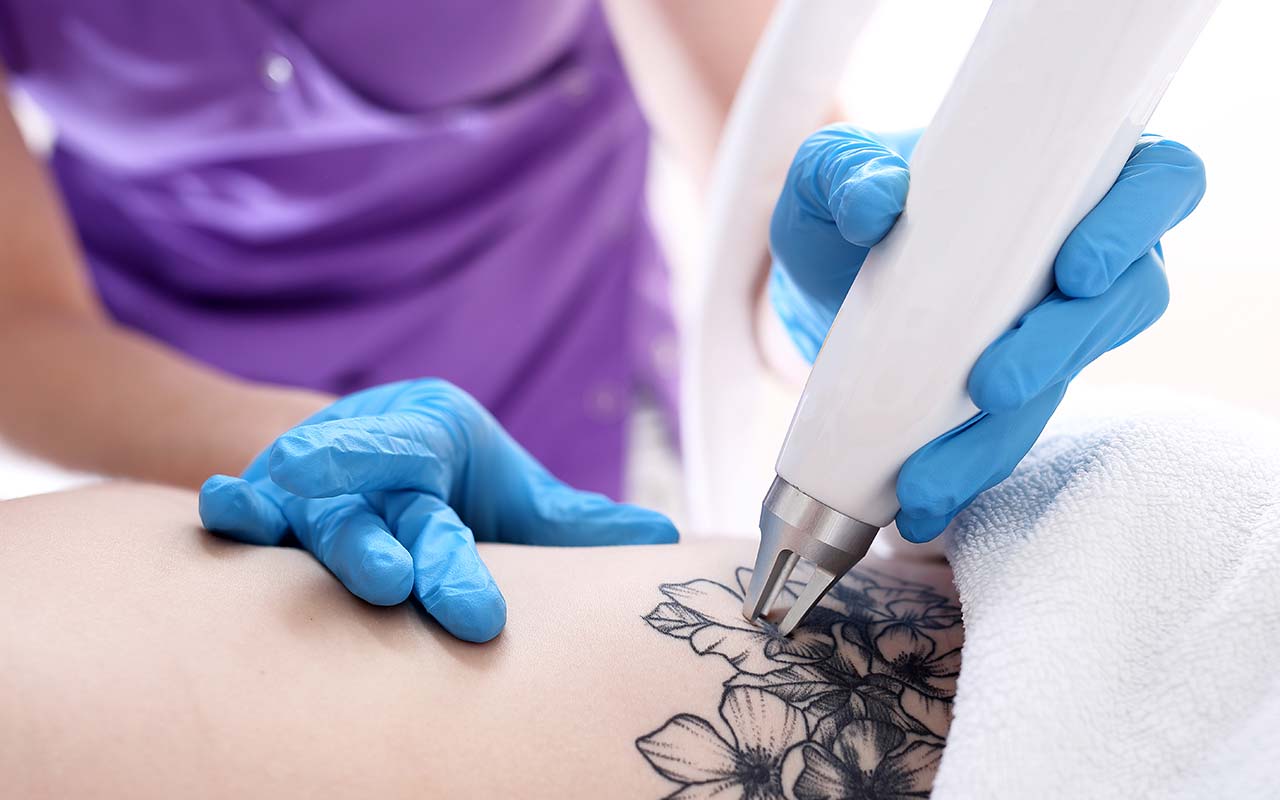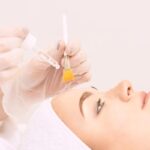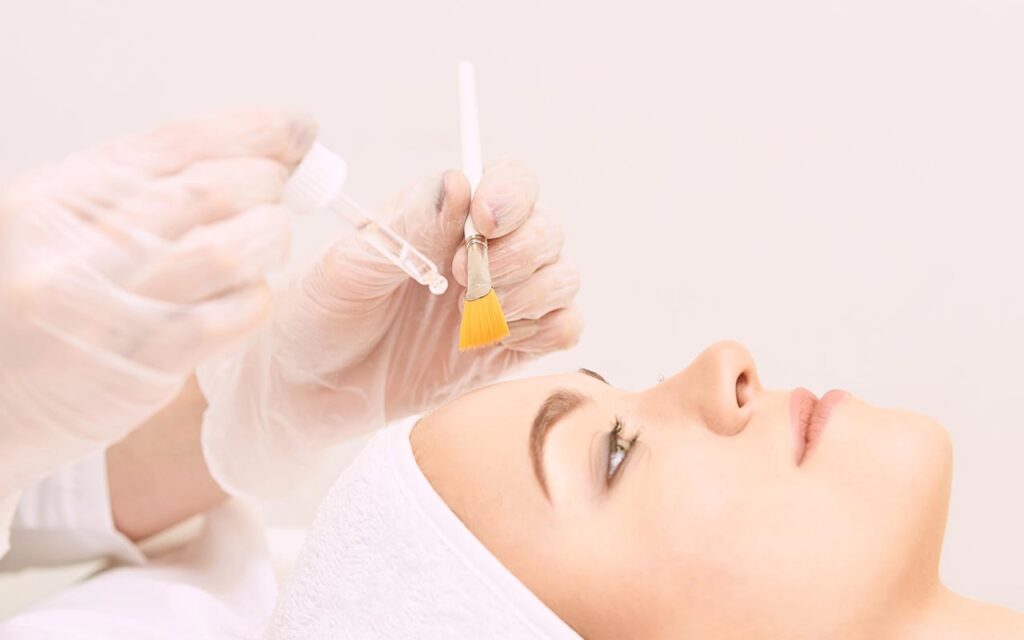Remember when you first got your tattoo and were told to look after the area in a certain way? Well, getting laser tattoo removal affects the skin in a similar way – so you need to adhere to a proper aftercare routine after each session.
This will ensure your skin heals properly – and can actually speed up the removal process.
How does laser tattoo removal work?
Laser tattoo removal works by pulsing light energy into your skin which is then absorbed by the tattoo ink. As the ink particles heat up, they shatter and disperse – leaving your tattoo looking a little paler after each treatment.
Because it focuses on light therapy, laser tattoo removal can make your skin very sensitive to sunlight. Remember to wear an SPF treatment – preferably 30+ – any time you’re outdoors and the area is exposed. Limit sun exposure as much as possible for about a month both before and after treatment and we’re unable to treat sun exposed skin.

Skincare immediately post-treatment
So you’ve had your first laser tattoo removal session and your skin is feeling a little sore. Top tip? Keep it covered with a sterilized gauze bandage. Your therapist may put the first one of these on, alongside some aloe vera gel to ensure the area stays infection-free.
For around three days, keep the area bandaged – even if it means reapplying some ointment and gauze yourself.
After that, you can remove the bandage if you’d prefer – but try to keep the area clean and dry and avoid it rubbing against any tight clothing.
Occlusive moisturisers – ones that form a barrier layer over your skin – like Vaseline and Aquaphor can help to soothe the area at this stage. However, we’d recommend using aloe vera to soothe and hydrate the skin.
Vitamin E ointment can also be useful, as it can encourage cell rejuvenation and speed skin healing.
You might experience some scabbing or blistering, which can be irritating. However, don’t pick at the skin – we’re trying to maintain healthy skin, and picking at scabs and blisters just opens the skin up to bacterial entry.
Can you shower after laser tattoo removal?
Showering isn’t advised for the first few days after laser tattoo removal. Once you’ve removed your bandage after three days, you can shower.
Even then, try not to use high-pressure water or water that’s too hot, as your skin is likely to still be sensitive.
Do try to avoid soaking the skin in any way – including baths, hot tubs, and pools – for around two weeks, or until the area is fully healed.
Holistic aftercare
Now you know how to look after your skin using topical measures, and what not to do. But there are plenty of ways in which we can support our immune systems and aid the recovery process to maintain healthy skin.
Staying hydrated is a great way to help your body to heal – water helps to carry oxygen to your body’s cells through your bloodstream. It also helps to flush toxins out of your body, so could help you avoid an infection.
Taking probiotics or a multivitamin can give your immune system a boost, letting your laser site heal more quickly and with fewer chances of infection.
Exercising – once the area is healed – can boost your blood flow and speed up the tattoo removal process.
Of course, there are things we do that can cause our immune systems to falter as well.
Avoid things that cause dehydration – including alcohol and caffeine. Alcohol is particularly detrimental to your immune system and can prevent it from functioning at its best.
Smoking is another activity that’s best avoided if possible. Because smoking is known to inhibit wound healing, it can actually elongate the laser tattoo removal process – meaning you might have to have a few more sessions.




